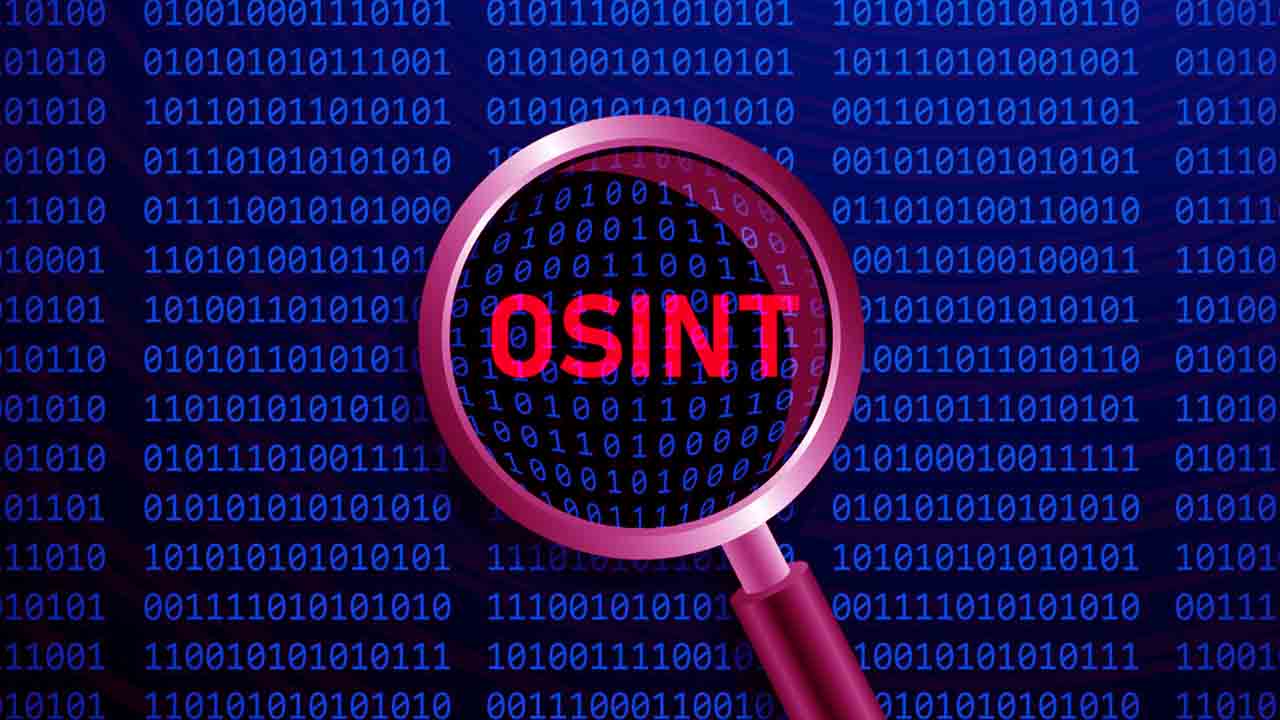OSINT for Good: How Open-Source Intelligence is Changing the World

When people hear the term OSINT (Open-Source Intelligence), they often associate it with cybersecurity, hacking, or government surveillance. But OSINT isn’t just about uncovering vulnerabilities—it’s also a powerful tool for positive change. From saving lives during disasters to tracking human rights violations, OSINT is being used to make the world a better place.
Let’s dive into how open-source intelligence is being used for good.
Human Rights Monitoring Around the world, journalists, activists, and organizations rely on OSINT to document war crimes, track political violence, and expose human rights violations. By analyzing social media posts, satellite imagery, and public reports, they can verify attacks on civilians, forced disappearances, and government repression. Example: Bellingcat, an independent investigative group, has used OSINT to uncover war crimes in Syria and Ukraine. By examining satellite images and analyzing videos posted online, they have exposed military operations and human rights abuses.
Disaster Response & Crisis Mapping During earthquakes, hurricanes, or humanitarian crises, OSINT becomes a lifeline for first responders. Data from social media, live maps, and satellite imagery helps emergency teams locate survivors, assess damage, and coordinate relief efforts. Example: Humanitarian OpenStreetMap Team (HOT) uses OSINT and crowd-sourced mapping to assist in disaster relief efforts. When the 2010 Haiti earthquake struck, volunteers helped map affected areas using satellite images, ensuring emergency aid reached the right places.
Combating Human Trafficking One of the most impactful uses of OSINT is in tracking human trafficking networks and locating missing persons. Investigators analyze classified ads, social media posts, and public records to find patterns that lead to traffickers and their victims. Example: Trace Labs is a non-profit that organizes crowd-sourced OSINT events (CTFs) where ethical hackers help locate missing persons. Using only publicly available data, participants gather intel that law enforcement can use to bring victims home.
Wildlife Protection & Environmental Monitoring OSINT is also making a difference in fighting illegal wildlife trade, deforestation, and environmental crimes. Conservationists track satellite imagery, online marketplaces, and social media posts to monitor and disrupt poaching networks. Example: Earth League International (ELI) uses OSINT to uncover illegal wildlife trafficking and environmental crimes. Their investigations have helped law enforcement agencies take down international smuggling operations.
Fake News & Misinformation Detection With the rise of deepfakes, manipulated media, and political propaganda, misinformation spreads faster than ever. OSINT experts work to fact-check sources, verify images/videos, and debunk false claims before they mislead the public. Example: The Digital Forensic Research Lab (DFRLab), run by The Atlantic Council, uses OSINT to expose fake news, deepfakes, and political misinformation worldwide. Their work helps keep the internet a little more truthful.
Ethical OSINT: Doing It Right OSINT is powerful, but with great power comes great responsibility. Ethical OSINT practitioners follow strict guidelines to ensure their investigations respect privacy, avoid harm, and comply with the law.
Use only publicly available data—never hack or bypass restrictions. Verify your sources to avoid spreading false information. Respect privacy and don’t expose sensitive personal details. Report responsibly—share findings with trusted organizations or law enforcement, not the general public.